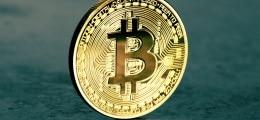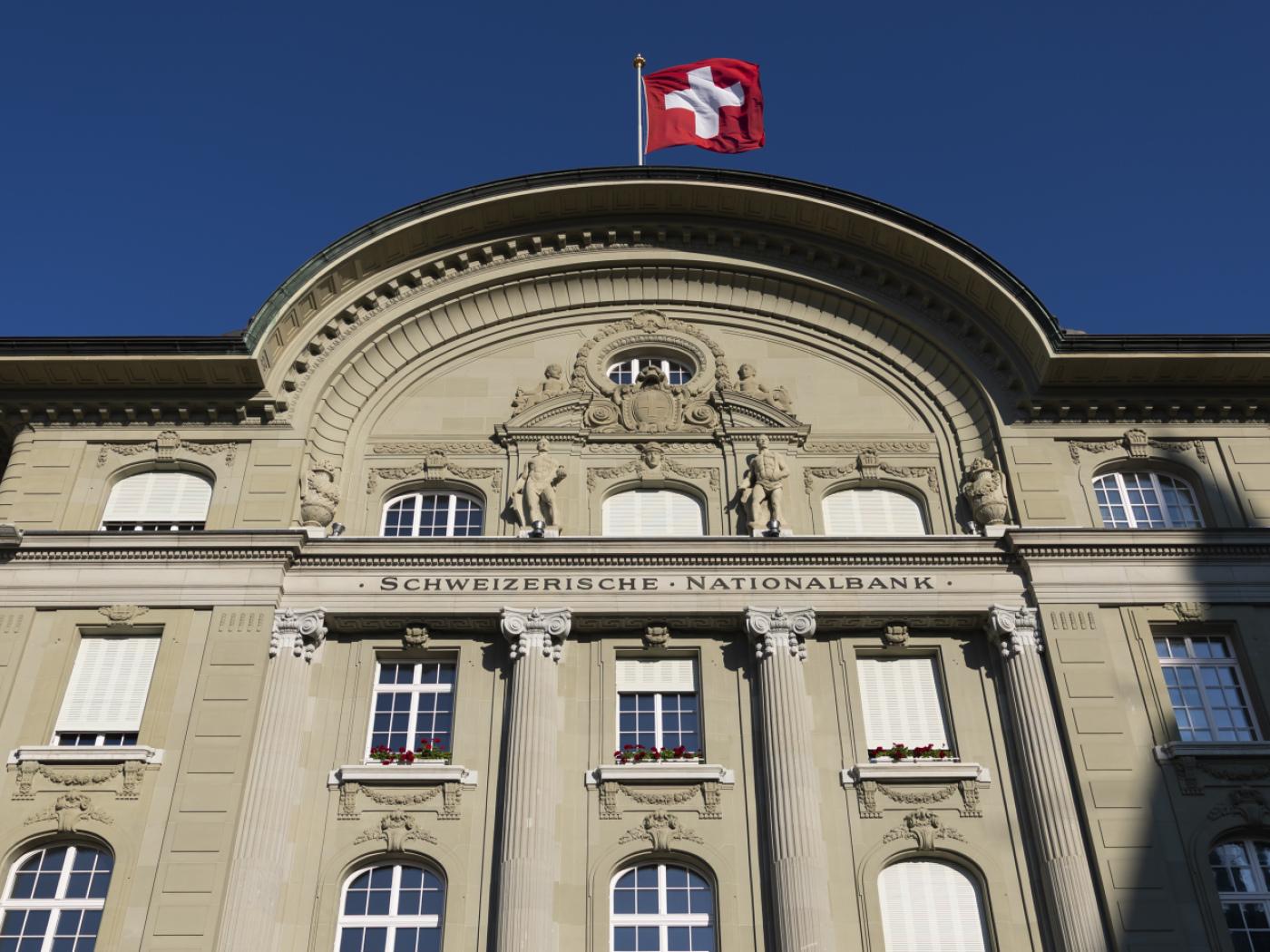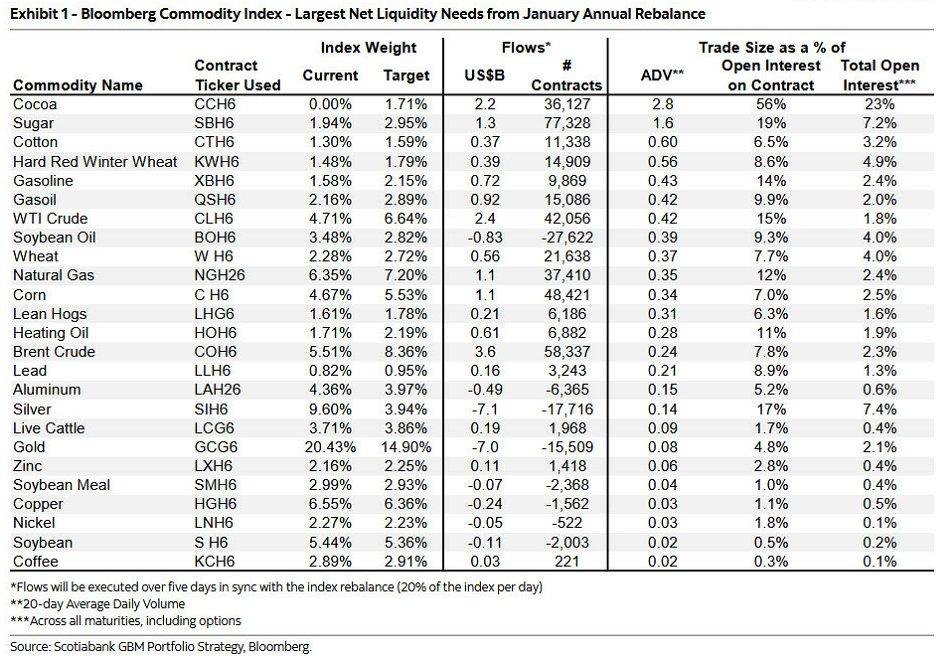Overview: The dollar initially extended yesterday's North American recovery but unwound most of the gains in the European morning. As North American dealers return, the greenback is lower against most of the G10 currencies. After approaching levels believed to have been where the BOJ last intervened, profit-taking pushed the dollar back to a marginal new low for the week (~JPY156.55). The yen's recovery arguably helped the Chinese yuan rise for the first time since May 15. The euro held important support near $1.0785 and sterling did the same near $1.2675. Still, the currencies' recovery in Europe stretched intraday momentum indicators. This suggests the risk favors selling into the upticks rather than piling on. Jitters over yesterday's South African election has weighed on the rand (~-1.2% today), and the thin Asia Pacific liquidity saw the Mexican peso extend yesterday's slide. Mexico goes to the polls Sunday, but market positioning more than election developments per se seem to be behind the peso's rout.
Asia Pacific equities followed Wall Street lower. Many of the large bourses, including the Nikkei, Hang Seng, Taiex, Kospi, and India, were off more than 1% today. After falling more than 1% yesterday, the biggest drop since mid-April, Europe's Stoxx 600 has come back bid today and it is up about 0.35%. However, US index futures are 0.4%-0.8% lower. Bonds are recovering from yesterday's sell-off. The 10-year JGB yield slipped a couple of basis points (to 1.05%), while European benchmark bonds are 2-3 bp lower (except Switzerland and Sweden, which reported stronger than expected Q1 GDP). The 10-year US Treasury yield is off a couple of basis points to 4.59%. Gold is extending its losses and reached $2322, a marginal new low since May 9. July WTI reached $80.60 yesterday, its best level since May 1. It settled near its lows and follow-through selling saw nearly $78.75 today. It is straddling the $79 area in the European morning.
Asia Pacific
Ahead of tomorrow's bevy of economic data that is expected to show a rise in Tokyo's CPI (after April's softening) and stronger output (industrial production) and demand (retail sales), the MOF released its latest weekly portfolio flow report. Despite the trend higher in domestic interest rates, Japanese investors continue to buy foreign assets. In fact, in the week ending May 17, Japanese investors bought nearly JPY2.2 trillion (~$14.1 bln) foreign bonds, the most this year. Note that in the week ending May 17 was the fourth consecutive weekly rise in Japan's 10-year yield and reached a six-month high near 0.95%. It has since risen to almost 1.10%, which it had not seen since 2011. Separately, the US Treasury data showed Japanese holding of US Treasuries increased for six consecutive months through March and over that period, the holdings have increased by around $100 bln. Japanese investors have been small sellers of foreign equities this year (~JPY128 bln) after being net sellers in the year ago period (~JPY1.05 trillion). Meanwhile, foreign investors continue to buy Japanese equities. The weekly average this year is near JPY280 bln compared with less than JPY180 bln average in the year ago period. Foreign investors have been small net sellers of Japanese bonds this year but were small net buyers in the first 21 weeks of last year.
In the past two week, the US 10-year yield has risen from about 4.30% to near 4.65%. The 10-year JGB yield has risen from about 0.91% to 1.09%. The correlation between changes in the exchange rate and the JGB yield over the last 30 and 60 sessions is negligible, while the correlation with changes in US Treasury yields over the periods is around 0.45. Half of the two-week rise in the US yield took place in last two sessions. The dollar rose from about JPY156.60 to JPY157.70 over the past two sessions to reach its highest level since the BOJ is believed to have intervened shortly after the last FOMC meeting on May 1. We anticipated the market to become more cautious as the JPY158 was approached and that cautiousness seemed to be the main driver of the dollar's retreat to JPY156.55 in the Asia Pacific session today. It has rebounded to around JPY157.10 in the European morning. The Australian dollar reversed from a four-day high on Tuesday near $0.6680 and fell to almost $0.6610 yesterday. Follow-through selling took it to $0.6590 today, but it has steadied and returned to session highs near $0.6620, stretching the intraday momentum indicators. The Aussie's losses came despite the downgrade in the chances of a rate cut this year from about 35% chance to practically no chance, after the firmer than expected April CPI. A break of last week's low around $0.6590, and ideally $0.6580 would lend credence to our idea that the rally from mid-April's low (~$0.6365) is over. Technically, this would target the $0.6500 area initially. Options for roughly A$785 mln expire tomorrow at $0.6600. The Chinese yuan rose for the first time since May 15. The yen's recovery appeared to have helped. The dollar reached almost CNY7.25 yesterday and it held again. Against the offshore yuan, the dollar traded to almost CNH7.2760 yesterday and retreated to almost CNH7.2475 today. The high for the year was set in mid-April near CNH7.2830. The PBOC set the dollar's reference rate at CNY7.1111 (CNY7.1106 yesterday). The average in Bloomberg's survey was CNY7.2594 (CNY7.2503 yesterday).
Europe
The focus is on eurozone's preliminary estimate of May's CPI due tomorrow, ahead of next week ECB meeting, where a rate cut has been clearly tipped. Although the German states reported what appeared to be softer than expected inflation, the EU harmonized measure rose 0.2% on the month and 2.8% (up from 2.4% in April). That was slightly higher than expected. Today, Spain reported a 0.2% increase on the harmonized measure for a 3.8% year-over-year increase (up from 3.4%). The aggregate figure is expected to rise 0.2% on the month and 2.5% year-over-year (up from 2.4%). Separately, the eurozone is expected to report that the unemployment rate was eased back to 6.4%, a new low under monetary unions. Given the economic contraction in H2 23, the resilience of the labor market is notable. We note that Sweden reported that Q1 GDP jumped 0.7% quarter-over-quarter. The median forecast in Bloomberg's survey was for a flat reading. And as frosting on the cake, Q4 23 GDP was revised to flat form -0.1%. Sweden's Riksbank delivered its first rate cut in the cycle earlier this month (quarter point to 3.75%). The swaps market has nearly 85% chance of another cut at the August 20 meeting. Separately, Switzerland also reported stronger than expected Q1 growth (0.5% vs. expectations for 0.3%).
The euro traded to almost $1.0890 on Tuesday. This as somewhat more than we expected, but it reversed lower and follow-through selling took to $1.08 yesterday in the North American afternoon. It settled below the 20-day moving average (~$1.0815) for the first time since May 1. Selling in the Asia Pacific session saw the euro's losses extended to almost the $1.0785 area we identified as technically significant. It has recovered to $1.0820 in the Europe but has stretched the intraday momentum indicators, cautioning early North American players to be cautious above chasing it higher. Sterling has been tagged for a cent since it traded above $1.28 on Tuesday for the first time in two months and traded ever so slightly below $1.27 yesterday. It reached $1.2680 in Asia Pacific turnover, and like the euro, recovered in Europe. The intraday momentum indicators are similarly stretched by the recovery to $1.2720. A break of the $1.2675 area would lend credence to our sense that the rally from the April 22 low (~$1.23) is complete. The momentum indicators are on the daily charts are turning lower.
America
With Q2 nearly 2/3 over, Q1 US data will have little consequence. Nevertheless, weaker consumption likely pulled the disappointing Q1 GDP down further. Recall that when it was initially reported, the median in Bloomberg's survey was for 2.5% grow at an annualized pace. Instead, dragged down by trade and inventories, the economy grew 1.6%. Consumption, which was expected to have risen by 3.0% rose by 2.5%. Today's revisions could see consumption revised to 2.2%. Meanwhile, April goods trade balance and inventory data will feed into forecasts for Q2 GDP. It is still earlier in the data cycle for the Atlanta Fed's tracker, which stands at 3.5%, and will be updated after Friday's data. Last week's monthly Bloomberg survey found a median forecast of 2.2% for Q2 and 1.6% for Q3.
The US dollar extended the recovery that began on Tuesday after falling to around CAD1.3615. It traded to CAD1.3720 yesterday and extended those gains to CAD1.3735 today. Market expectations, reflected in the swaps market, have been fairly steady over the past week-and-a-half, around a 65% chance of a rate cut next week by the Bank of Canada. And, the thinking goes, that even if they do not cut, it would be likely be dovish hold as officials prepare the market for a cut soon. This suggest that the Canadian dollar may continue to lag the other major currencies. This month, while all the G10 currencies have appreciated against the US dollar, the Canadian dollar's 0.55% gain has trailed all but the yen. The Mexican peso recorded its worst back-to-back sessions this month, losing almost 1.5% over the past two sessions. Indeed, it was the worst performing emerging market currency on Tuesday and Wednesday. It is off another 0.5% today before the North American open. Most emerging market currencies fell these past two sessions and all the Latam currencies did. It seems like a question of positioning more than an idiosyncratic factor, like the June 2 elections. The dollar reached almost MXN16.99 yesterday. It had posted a bullish outside up day on Tuesday, reversing higher after trading near MXN16.6340. It reached MXN17.13 in thin Asia Pacific trading. Although it has pulled back, the dollar is still trading above its upper Bollinger Band (~MXN17.05). The Brazilian real fell by around the same about as the peso yesterday (~0.80%). The dollar pushed above BRL5.20 for the first time since April 22. Nearby resistance is seen near BRL5.23. The year's high was set in mid-April around BRL5.2870.
Tags: #USD,Bank of Canada,capital flows,Currency Movement,EMU,Featured,inflation,Japan,newsletter,Sweden,US






























